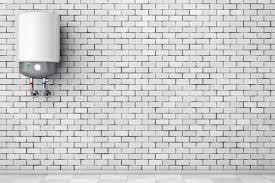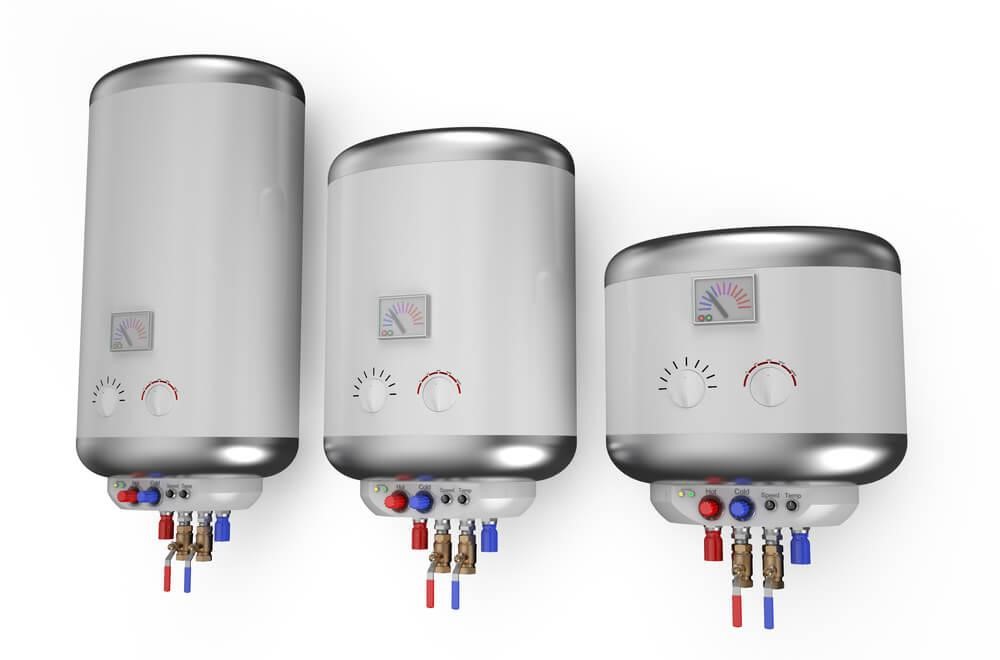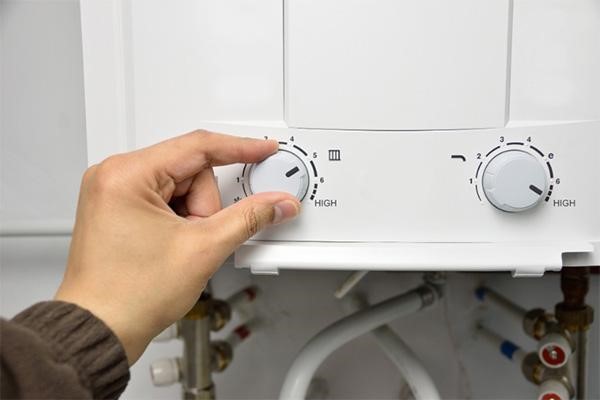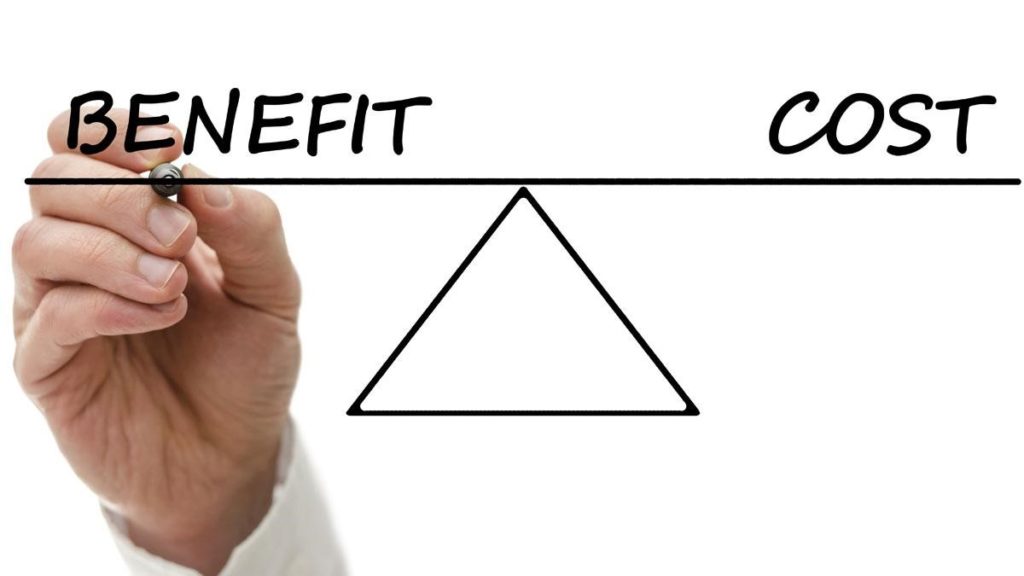All You Need to Know About Tankless Hot Water Heaters

Do you often run out of hot water just when you need it most? Does your water heater take too long to reheat the water once someone else in your household finishes a long shower?
It’s possible that your hot water tank is not large enough to hold the amount of heated water you need, especially if you have a large family. This is one of the main reasons homeowners switch to tankless hot water heaters.
How Does a Tankless Water Heater Work?
You turn on your faucet and the unit does its thing. Too simple? Here is what happens once you turn on the faucet:
- The flow sensor senses the H2O entering the heater and signals the control panel to start the heating process.
- The control panel starts the fan.
- The fan draws air in from the outside.
- The air opens the gas valve to let in gas.
- The gas ignites the burner.
- The heat exchange sends the heat from the flames to the H2O that moves through its tubing to the mixing valve.
- A temperature sensor detects the heat of the H2O. If this temperature does not meet the temperature settings, the control panel adjusts the valves to produce the correct temperature of the heated H2O.
- The ventilation system sends exhaust gases outside.
Once you have the right size heater for your home, you will always have hot water when you need it.
What Size Tankless Water Heater Do I Need in My Home?

Tankless heaters use BTUs to determine the size requirements, similar to using BTUs to determine the size of an air conditioner. The number of bathrooms and the number of people in your home also helps determine the right size unit.
| No. of Bathrooms | No. of People | Size of the Heater |
| 1 | 1-2 | 140,000 BTUs |
| 2 | 2-3 | 190,000 BTUs |
| 3 | 3-5 | 380,000 BTUs |
However, this rule-of-thumb chart can be a bit confusing. For example, if you have a family of five or six but only have two bathrooms in your home, what size heater should you use? This is why it is important to have a professional come out and inspect your home so you will buy and install the correct size heater.
Tankless Water Heater Installation

You will need a gas supply line, H2O softening system, and proper ventilation.
Gas Supply Line
Optimal performance of the burner requires a gas line at the right pressure. If your current hot water tank already connects to a gas line, you should still have it checked to make sure the pipes are the correct size.
If you do not have gas supplied to your home, you can install an electric tankless water heater. There are drawbacks to the electric units, however; for example, they have limited output, which may not be sufficient for your household.
Electric units are smaller and much quieter than their gas counterparts are and will install nearly anywhere in the house. However, their lifespan is about half that of a gas unit. Generally, the warranties are only three to five years and if the heating elements burn out after the warranty expires, replacing the elements may cost as much, if not more than replacing the whole unit.
Water Softening System
Depending on how hard your H2O is, scale deposits may build up on the heat exchange or heating elements inside the unit and slow down the heating process. For this reason a softener is recommended
Proper Ventilation
If you have a non-condensing heater unit installed, the stainless steel vents can handle higher exhaust heat. Condensing units use PVC piping to vent cooler exhaust heat. A professional installation technician will help you determine the perfect unit for your home.
What Does a Tankless Water Heater Cost?

The price for smaller gas heaters ranges from $170 to over $2,000 depending on the size heater you need; $1,000 being the average cost. Prices for electric powered units run from $90 to $900.These prices do not include the installation costs and any upgrades you may need, for example, installation of a water softening system.
Some of the more common brands are Rinnai, Rheem, RTGH, Navien, and National Gas
Tankless Water Heater Maintenance
We advise that you have a professional do annual servicing that includes cleaning or changing filters, checking the burner, and checking for any scale deposit buildup. With proper maintenance, your gas-powered heater should last for at least 20 years, which is at least 10 years longer than a standard tank.
When you are ready to start shopping for your new heater, call us to help you determine the size you need and provide your tankless water heater installation. If you already have a gas or electric tankless heater and you are having any issues with it, we also provide maintenance and repair or replacement.
